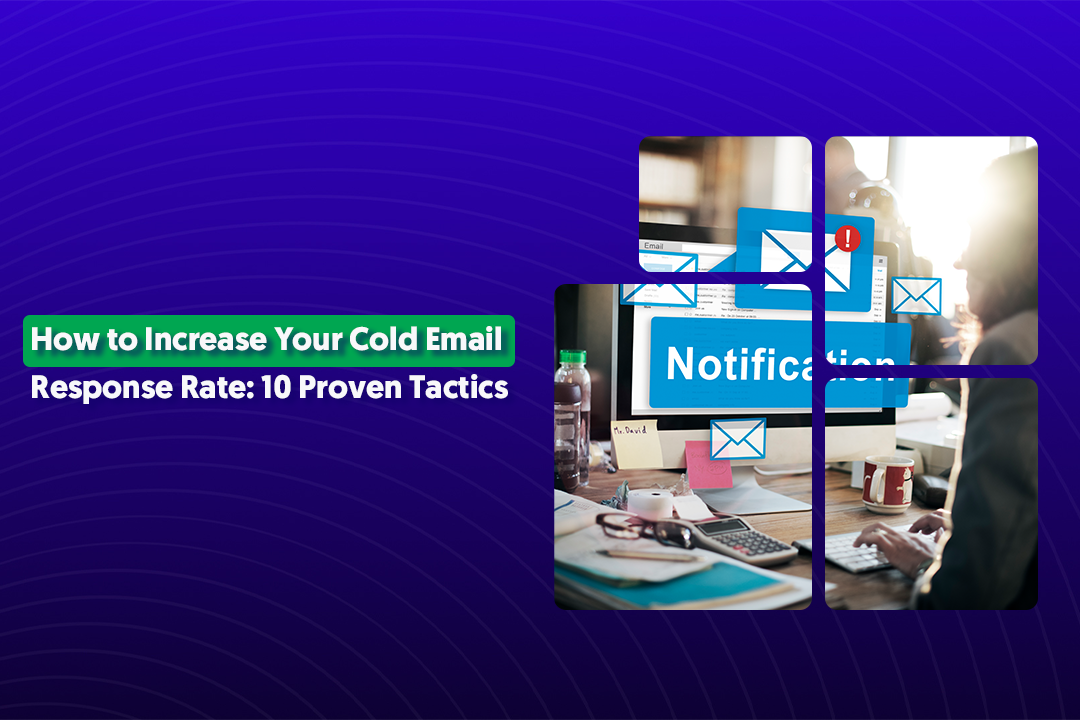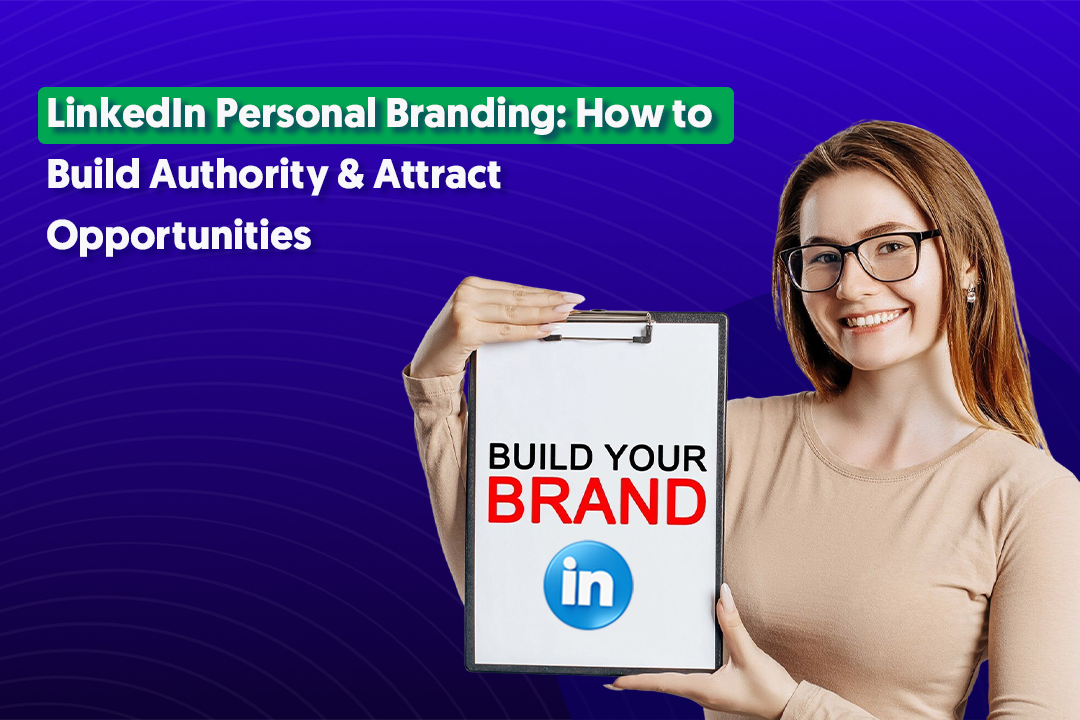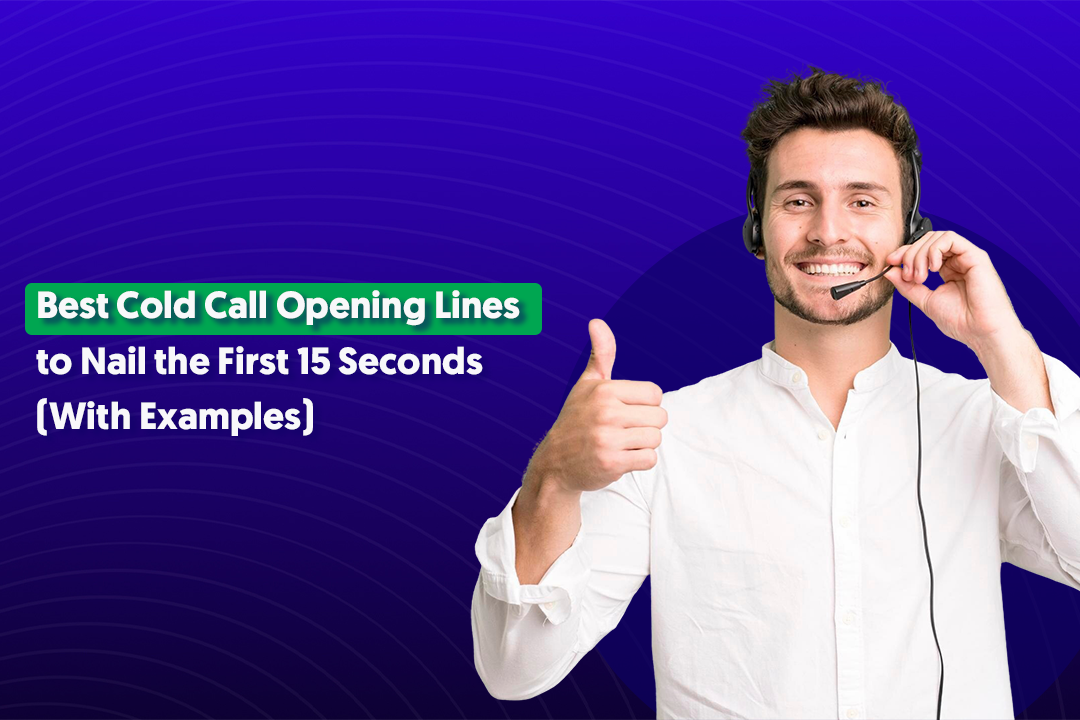Table of Content
Key Takeaways
- Start with a clear campaign objective and targeted audience parameters to reach the right professionals.
- Keep your form simple with 3-5 fields for optimal completion rates.
- Always include a clear privacy policy and GDPR compliance elements to build trust.
- Set up proper CRM integration to ensure quick follow-up with leads.
- Monitor key metrics like completion rate and cost per lead to continuously optimize performance.
- Test different form elements (headlines, fields, images) to improve conversion rates over time.
- Budget expectations vary by industry, but plan for $5-15 per lead as a starting benchmark.
Are you looking to supercharge your lead generation efforts on LinkedIn? LinkedIn lead generation forms might be exactly what you need.
These powerful tools capture prospect information directly within the LinkedIn platform, eliminating friction and dramatically increasing conversion rates compared to traditional landing pages.
In this guide, we'll walk you through creating effective LinkedIn lead generation forms in just five simple steps. Whether you're new to LinkedIn ads or looking to optimize your existing lead generation strategy, you'll find actionable tips to boost your results and collect qualified leads effortlessly.
Let's dive in and transform your LinkedIn lead generation game!
Step 1: Set Up Your LinkedIn Campaign Manager Account

Before you can start collecting valuable contacts through LinkedIn lead generation forms, you'll need access to LinkedIn's advertising platform.
The good news?
Setting up is straightforward, even if you're new to LinkedIn advertising.
First, head over to LinkedIn Campaign Manager and log in with your LinkedIn credentials.
If you're completely new to this, you'll need to create a Campaign Manager account by clicking "Create Account" and following the prompts to connect your company page.
Once inside, you'll notice the dashboard displays your ad accounts.
Select the appropriate account (or create a new one if needed), then look for the "Create Campaign" button usually located in the top-right corner.
What makes LinkedIn lead generation forms so powerful is their native integration with the platform.
Unlike traditional lead forms that redirect users away from their browsing experience, these forms appear seamlessly within the LinkedIn environment, significantly increasing completion rates.
Navigate to the campaign creation workflow, and you'll soon find options specifically for lead generation forms.

The interface is intuitive, with clear sections for audience targeting, budget settings, and, most importantly for us, form creation.
Take a few minutes to familiarize yourself with the dashboard layout. Understanding where everything lives will make the next steps much smoother as you build your first LinkedIn lead generation form campaign.
This initial setup only needs to be done once, and then you can create multiple lead generation forms LinkedIn campaigns using the same account.
This foundation is crucial before moving on to defining your campaign objectives in Step 2.
Step 2: Define Your Campaign Objectives
After setting up your Campaign Manager account, it's time to establish clear objectives for your LinkedIn lead generation forms campaign.
This crucial step determines how your campaign will run and who will see your ads.

Select "Lead Generation" as your objective
When creating your new campaign, LinkedIn will ask for your marketing objective.
For LinkedIn lead generation forms, you'll want to select "Lead Generation" from the list of options. This tells LinkedIn's algorithm to optimize for lead form completions rather than clicks or impressions.
Once you've selected your objective, you'll need to name your campaign. Choose something descriptive that helps you identify the purpose of this specific lead generation forms LinkedIn campaign.
Consider including the target audience or offer type in the name for easy reference later.
Set your budget and schedule
Determine how much you're willing to spend and for how long.
LinkedIn offers two budget options:
- Daily budget: Controls how much you spend each day
- Lifetime budget: Sets a cap for the entire campaign duration
Your budget will directly impact how many leads your form can generate, so be realistic about your goals.
For new LinkedIn lead generation form campaigns, consider starting with a smaller budget to test performance before scaling up.
Define your target audience parameters
This is where LinkedIn truly shines compared to other platforms.
You can target professionals based on:

The more precise your targeting, the more qualified your leads will be.
Take advantage of LinkedIn's unique professional targeting capabilities to reach decision-makers who would benefit from your offerings.
Refine your bidding strategy
LinkedIn offers several bidding options for lead generation forms:

For most lead generation form LinkedIn campaigns, CPC bidding makes the most sense as you'll only pay when someone clicks on your ad, bringing them one step closer to completing your form.
Choose your ad format
Select the format that will best showcase your offer:
- Single image ads
- Carousel ads
- Video ads
- Message ads
Each format works differently with lead generation forms, so consider which will best support your specific offer.
Carefully defining these campaign parameters, you're creating the perfect environment for your LinkedIn lead generation forms to succeed.
The time invested in proper campaign setup will pay dividends in lead quality and conversion rates once your forms go live.
Step 3: Design Your Lead Form
Now comes the exciting part – designing your LinkedIn lead generation form! This is where you'll create the actual form that will collect prospect information.
A well-designed form strikes the perfect balance between gathering enough information and keeping the process simple for users.

Choose between template options vs. custom forms
LinkedIn offers pre-made templates for common lead generation scenarios, including:
- Contact me
- Learn more
- Download content
- Register for event
- Sign up for newsletter
You can either select one of these templates as a starting point or build a custom lead generation form LinkedIn users will find relevant to your specific offer.
Create an attention-grabbing headline and offer description
Your form should begin with:
- A clear headline (up to 60 characters)
- A compelling offer description (up to 160 characters)
This is your chance to communicate the value proposition of your offer.
What will users gain by submitting the LinkedIn lead generation form?
Be specific and highlight the benefit, not just the feature.

Select your form fields wisely
LinkedIn automatically includes the user's name and email address, but you can add additional fields:
- Job title
- Company name
- Phone number
- Location
- Custom questions
Remember that each additional field decreases completion rates. For most lead generation forms LinkedIn campaigns, stick to 3-5 fields total for optimal conversion.
Include custom questions to qualify leads
If you need specific information not covered by LinkedIn's standard fields, you can add custom questions:
- Multiple choice questions
- Dropdown selections
- Short answer fields
Use these strategically to better qualify leads while being mindful of form length.
Upload a relevant image
Visual elements make your lead generation form more engaging:
- Use high-quality, professional images
- Ensure the image relates to your offer
- Stick to LinkedIn's recommended dimensions (300x250 pixels)
Select the right call-to-action button
Choose from LinkedIn's predefined CTA options:
- Download
- Subscribe
- Register
- Sign up
- Learn more
- Request demo
Pick the option that best matches your offer's intent. The CTA should clearly communicate what happens after form submission.
Preview your form before finalizing

Always check how your lead generation form LinkedIn users will see appears on both desktop and mobile.
The majority of LinkedIn users browse on mobile devices, so ensure your form looks good and functions well on smaller screens.
When you thoughtfully design each element of your form, you'll create a LinkedIn lead generation form that not only attracts prospects but also converts them into valuable leads.
The form design directly impacts conversion rates, so invest time in getting it right before moving to the next step.
Step 4: Configure Form Details and Privacy Settings
After designing your form, it's time to configure the details and privacy settings that will govern how your LinkedIn lead generation form operates and protects user data.
This step is crucial for compliance and ensuring a smooth experience for your leads.
Set up thank you messages
When someone submits your lead generation form LinkedIn will display a confirmation message:
- Create a clear, appreciative thank you message
- Include what happens next
- Consider adding a link to relevant content on your website
This confirmation builds trust and sets expectations for follow-up, improving the overall user experience.

Configure where leads will be stored/sent
LinkedIn offers several options for managing the leads from your form:
- Download manually from Campaign Manager
- Set up automatic email notifications when forms are submitted
- Use LinkedIn's native integrations with popular CRMs like Salesforce, HubSpot, or Marketo
- Use Zapier or similar tools to connect with other systems
For high-volume LinkedIn lead generation forms, setting up automatic data transfer to your CRM is highly recommended to ensure prompt follow-up.
Include your privacy policy
LinkedIn lead generation forms require a privacy policy URL:
- Link to your company's existing privacy policy page
- Ensure your policy clearly explains how you'll use the data collected
- Verify that your policy complies with relevant regulations
This isn't just a formality—it's a legal requirement and builds trust with potential leads.
GDPR and data protection considerations
If targeting users in Europe or handling European user data:
- Add any necessary GDPR-compliant language to your form
- Include checkbox consent options if required
- Be explicit about how data will be used and stored
Set up lead form data expiration
LinkedIn stores lead data for 90 days by default, but you can customize this:
- Determine how long LinkedIn should retain the lead information
- Consider your follow-up timeline and regulatory requirements
- Set appropriate download reminders to avoid losing valuable leads
Configure form submission limitations
You can set parameters to:
- Prevent duplicate submissions
- Allow multiple submissions from the same user
- Set cool-down periods between submissions
The right settings here depend on your specific lead generation goals and campaign structure.
Review all form settings before proceeding
Before finalizing your LinkedIn lead generation form:
- Double-check all privacy settings
- Verify your thank you message and follow-up process
- Test the lead delivery method to your CRM or email
By properly configuring these details, you ensure your lead generation forms LinkedIn campaigns will not only collect leads effectively but also maintain compliance with privacy regulations and provide a professional experience for users.
This attention to detail builds trust with potential customers from their very first interaction with your business.
Step 5: Launch, Monitor and Optimize Your Form
With your LinkedIn lead generation form designed and configured, it's time to launch your campaign and set up systems to track, analyze, and improve performance.
This ongoing optimization is what separates successful lead generation campaigns from mediocre ones.
Final review checklist before going live: Before launching your LinkedIn lead generation forms:

Taking a few minutes for this final review can prevent costly mistakes and ensure your lead generation form LinkedIn campaign launches smoothly.
Launch your campaign and monitor initial performance
Once live, closely watch the first 24-48 hours for:
- Ad approval status
- Initial impression and click data
- Form opens vs. form completions
- Cost per lead metrics
Be prepared to make quick adjustments if you notice any issues with your LinkedIn lead generation form performance.
Key metrics to track consistently
Throughout your campaign, monitor these essential metrics:
- Form completion rate (typically 10-15% is considered good)
- Cost per lead
- Lead quality (based on your qualification criteria)
- Ad frequency and reach
- Demographics of form completions
Creating a simple dashboard to track these metrics will help you quickly identify what's working and what needs improvement.
A/B testing strategies for continuous improvement
Test different elements of your lead generation forms LinkedIn campaigns:
- Alternate headlines and descriptions
- Different form lengths (more fields vs. fewer fields)
- Various images or background colors
- Different CTA buttons
- Targeting adjustments
Run tests one variable at a time to clearly identify what impacts performance. Most experts recommend running tests for at least 1-2 weeks before making decisions.
How to download and manage your leads
Establish a regular process for lead management:
- Set a consistent schedule for downloading leads (if not using automatic integration)
- Create a standardized lead qualification process
- Establish clear handoff procedures between marketing and sales teams
- Track lead progression through your sales pipeline
The faster you follow up with leads from your LinkedIn lead generation form, the higher your conversion rates will be.
Optimize based on performance data
Use the insights you gather to refine your approach:
- Reallocate budget to the best-performing audience segments
- Adjust bidding strategy based on competition and performance
- Update form fields based on completion analytics
- Refine your offer based on lead quality feedback
Continuous optimization is the key to improving ROI from your LinkedIn lead generation forms over time.
Systematically launching, monitoring, and optimizing your forms, you'll create a lead generation engine that consistently delivers qualified prospects for your business.
Remember that optimization is not a one-time task but an ongoing process of refinement and improvement.
Conclusion
Creating effective LinkedIn lead generation forms doesn't have to be complicated.
By following the five steps we've covered, you can build a powerful lead collection system that integrates seamlessly with the LinkedIn platform where your professional audience already spends time.
Recap of the 5 steps
✅ Set up your LinkedIn Campaign Manager account
✅ Define your campaign objectives
✅ Design your lead form
✅ Configure form details and privacy settings
✅ Launch, monitor and optimize your form
Each step builds on the previous one, creating a solid foundation for lead generation success.
Start small, then scale what works: Begin with a modest budget to test your LinkedIn lead generation form approach.
Once you've proven your concept and optimized your targeting and messaging, you can confidently increase investment in what's working.
Remember that quality trumps quantity: The true measure of success isn't just how many leads your forms generate, but the quality of those leads and their progression through your sales pipeline.
A well-crafted lead generation form LinkedIn campaign should deliver prospects that match your ideal customer profile.
Now it's your turn to put these steps into action. Your next high-value lead could be just a form submission away!
LinkedIn Ads vs. Outreach: What’s Right for You?
Setting up LinkedIn Lead Forms is a smart move—but how you drive traffic to them matters even more.
If you have a $30K/month marketing budget and can afford $500–$750 per booked call, LinkedIn Ads can deliver results.
But if you're not ready to risk that kind of spend, LinkedIn outreach is a more cost-effective way to get qualified leads directly into your pipeline.
At Cleverly, we’ve helped 10,000+ clients generate leads through LinkedIn outreach—connecting them with top companies like:
- Amazon,
- Google,
- Uber,
- PayPal,
- Slack,
- Spotify, and more.
Our approach has driven $312 million in pipeline revenue and $51.2 million in closed deals—all without relying on expensive ads.

Want to see what outreach could look like for your business? 🚀 Book a free consultation now!
Frequently Asked Questions
1. How much do LinkedIn Lead Form campaigns typically cost?
LinkedIn lead generation form campaigns typically start around $10-15 per day, but costs vary widely based on your industry, targeting, and competition. Most advertisers see costs between $5-$15 per lead, though highly specialized B2B industries might pay $20-50+ per lead. Start with a small test budget of $300-500 to gauge performance before scaling up.
2. Can I integrate LinkedIn Lead Forms with my CRM system?
Absolutely! LinkedIn lead generation forms integrate directly with popular CRM systems like Salesforce, HubSpot, Microsoft Dynamics, and Marketo. Don't use one of those? No problem—you can also use Zapier to connect your lead forms to practically any CRM or email marketing platform. This automation ensures leads go straight from LinkedIn to your sales pipeline without manual work.
3. What information can I collect from users with LinkedIn Lead Forms?
LinkedIn automatically pulls in basic profile information like name, email, company, and job title. Beyond these pre-filled fields, you can add custom questions including multiple-choice, dropdown menus, or short answer fields. Just remember that while it's tempting to ask for lots of information, keeping your lead generation form LinkedIn campaigns focused on collecting just 3-5 key pieces of information typically yields the best completion rates.
4. How do LinkedIn Lead Forms compare to landing pages on my website?
LinkedIn lead generation forms typically convert 2-3x better than landing pages because they eliminate friction—no page loading, no navigating away from LinkedIn, and fields are pre-filled with profile data. Landing pages give you more design control and tracking options, but lead forms offer convenience that's hard to beat. Many marketers use both: lead forms for initial contact and landing pages for more detailed conversions.
5. How quickly can I access the leads that come through my LinkedIn lead form?
You can access leads from your LinkedIn lead generation form almost immediately through Campaign Manager. If you've set up CRM integration, leads will flow into your system based on your sync settings—often within minutes. For email notifications, you'll receive updates according to your preference settings. The bottom line is that you can follow up quickly, which is crucial since lead response time dramatically impacts conversion rates.





